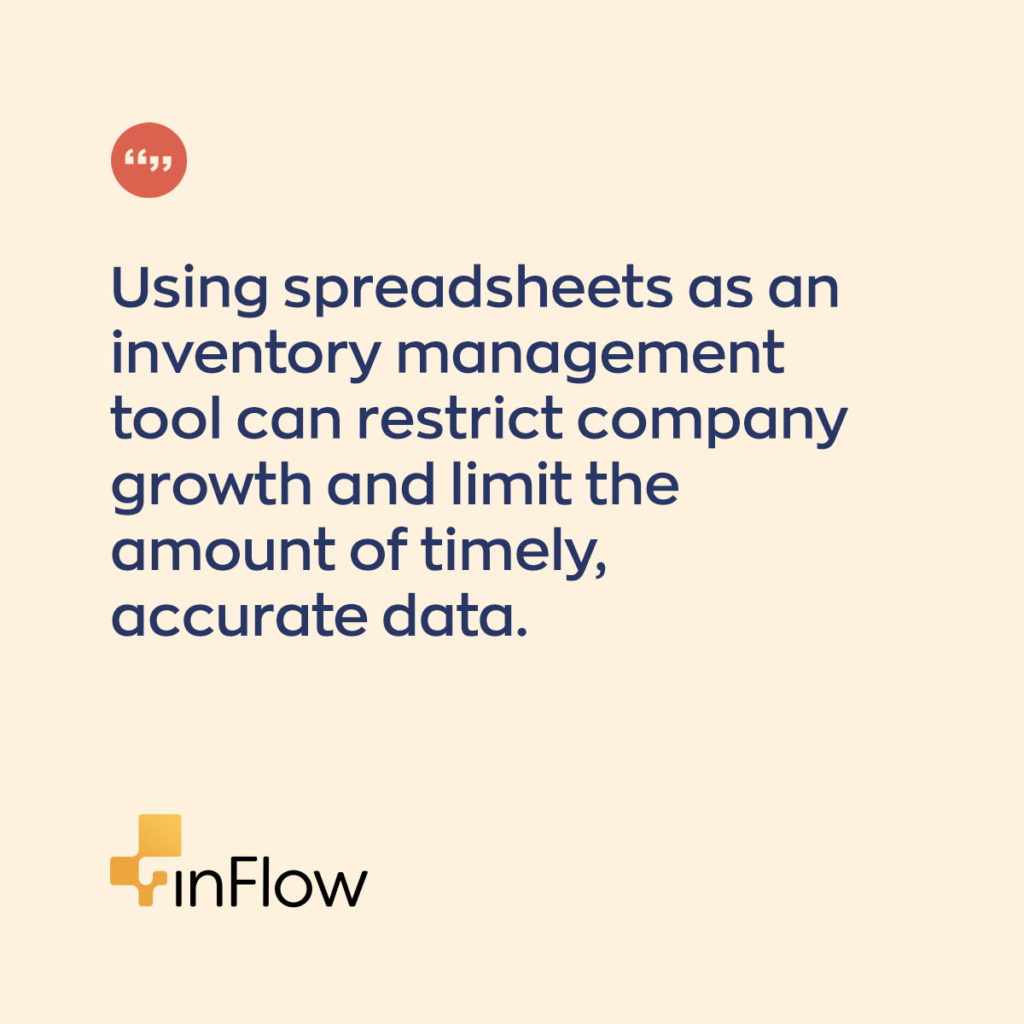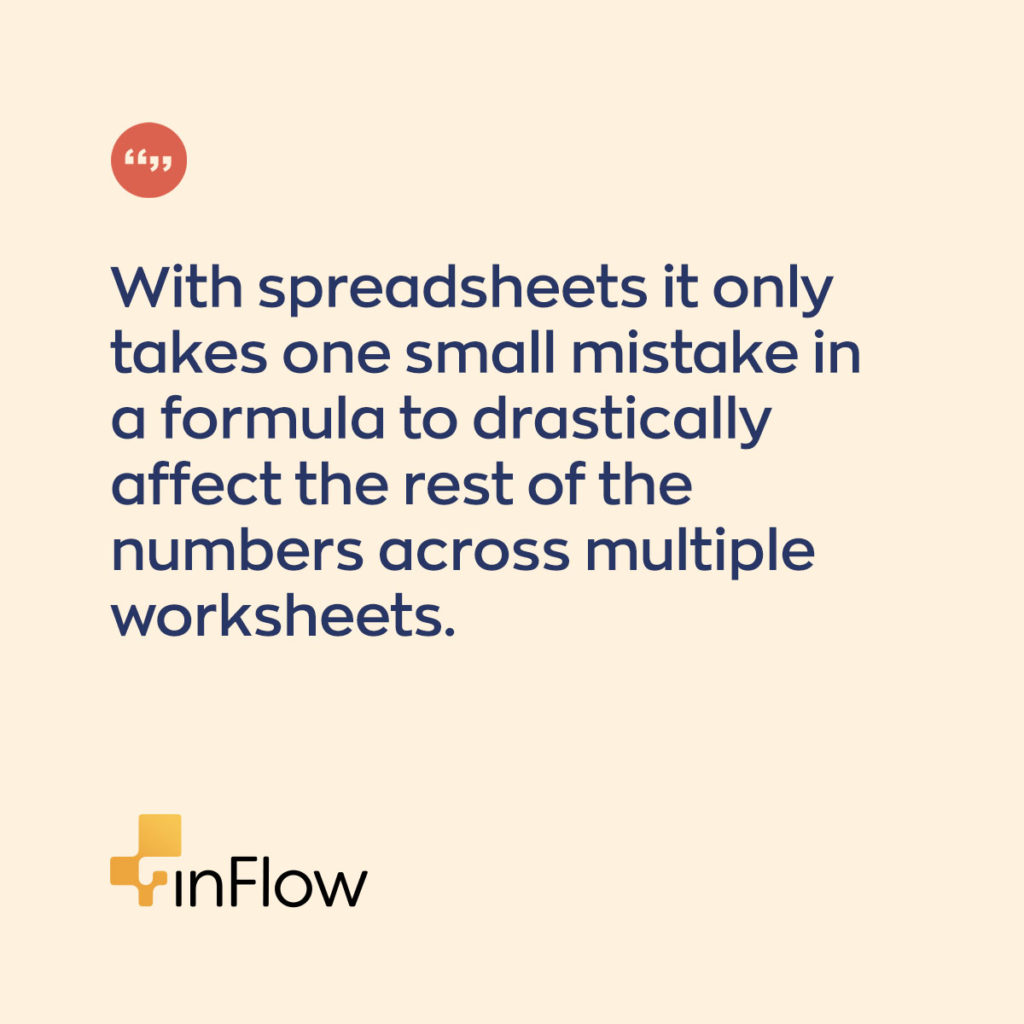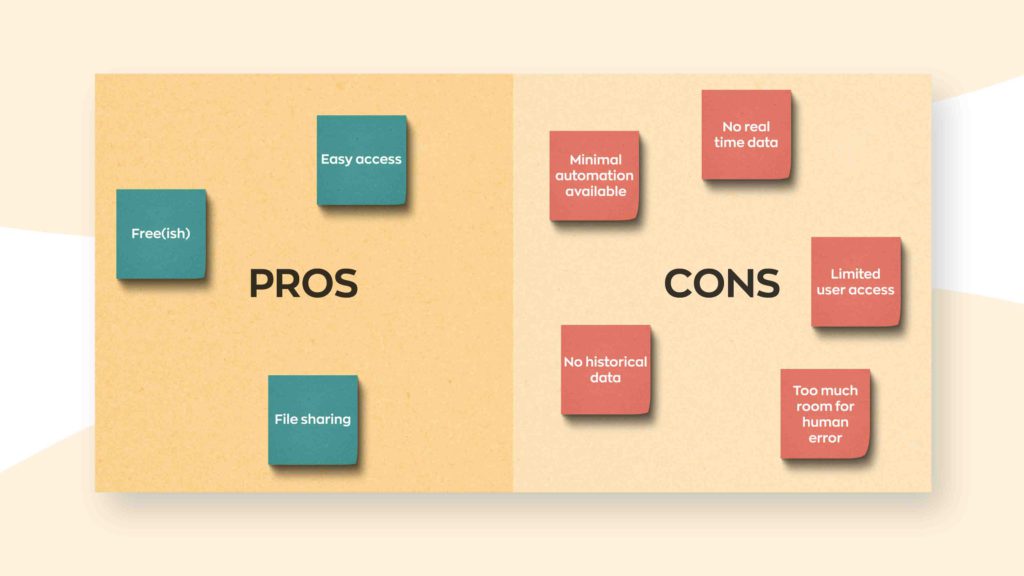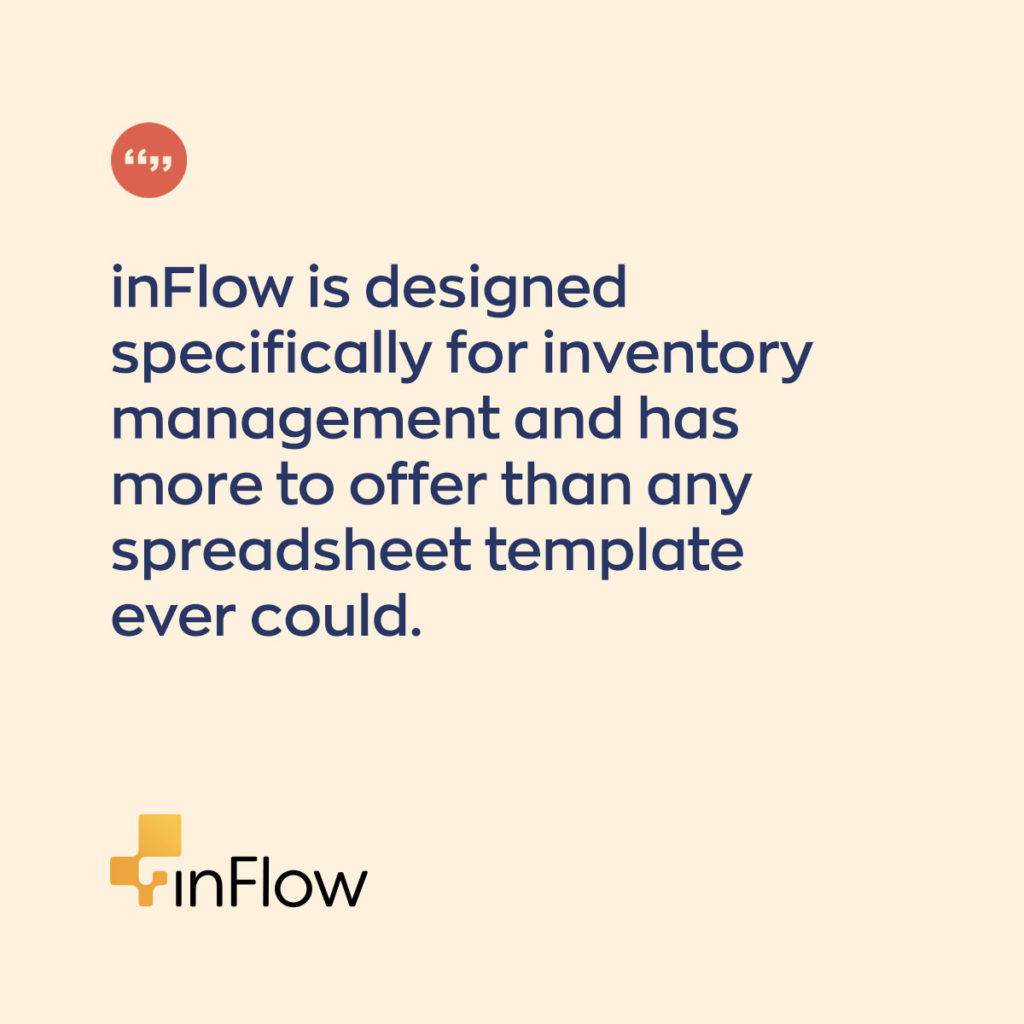Just ask any construction worker framing a building: While you could MacGyver two pieces of wood together with whatever items you have on hand, you’ll get the job done faster — and better — if you use the right tools.
Similarly, while the mechanics of running a company may not call for a hammer, there are likely processes — like inventory management — that can be tackled more effectively by using the right tool for the job.
In the following post, we’ll explore how specialized tools increase productivity — and how this boosted efficiency can be transformative for business success. From task-specific gadgets that speed up construction projects to inventory management software that streamlines a company’s operations, using a tool that’s designed for a specific function makes a huge difference in efficiency.
Harnessing the power of specialization
No matter what line of business you’re in, chances are that you use numerous tools in your day-to-day workflows — whether that means using physical tools to create a tangible product or digital tools to run the backend of a company.
However, while certain options (like Excel and Google spreadsheet inventory templates) may technically get the job done, advances in technology may offer more specialized tools (like inventory management software) that can accomplish essential tasks in less time or with less effort — if you embrace them.

To illustrate how the introduction of a new (and more specialized) tool can simplify tedious tasks, let’s build on another example from the construction industry.
Prior to the 1980s, roofers shingled roofs by hand using a hammer and other manual tools. Using these general tools and an arduous process, roofers were able get the job done, but it was time-consuming and labour-intensive. In 1982, however, Bostitch introduced the first coil roofing nailer and it transformed the industry. By using this specialized tool instead of multi-purpose options, roofers were suddenly able to instal asphalt shingles with a flick of the finger — saving major time and effort.
While transitioning from manual tools to a roofing nailer required an investment (both in the cost of the new tool and in learning how to operate the new tool), roofers were then able to work two or even three times faster going forward. This investment in new, specialized technology paid dividends in productivity.

How inventory management tools can transform operations
Just as a purpose-specific tool can modernise construction or other manual processes (for more surprisingly satisfying examples, check out the popular subreddit r/specializedtools), we can use specialized tools to make inventory management more efficient.
Dealing with inventory is an essential task for many companies, yet many companies still use Excel inventory templates or Google sheets to manually track their inventory and assets. While these types of traditional inventory spreadsheets may be reasonably accessible for most businesses, they aren’t designed specifically for inventory management.

While it’s possible to manage your company’s inventory using spreadsheets, it may not be the best or most efficient way to tackle the task. Specifically, because Excel and Google spreadsheet inventory templates aren’t designed for the purpose of inventory management, they are limited by factors like:
- A lack of real-time data. While you can manually track inventory in Excel and Google sheets, it can be challenging to get real-time insights of what’s coming in and what’s sold — so you’re always playing catch-up when trying to assess your inventory situation.
- Minimal automation. Updating spreadsheets requires time-consuming manual data entry and repetitive tasks, with little opportunity for automation.
- Limited user access. Users must have access to the same Excel or Google sheets inventory template if they want to access inventory data, which makes it challenging to collaborate or manage inventory on the go.
- No historical data. Without the ability to track historical data, it can be challenging to accurately forecast your inventory and make informed business decisions.
- Significant risk of human error. Manual data entry means more chances for typos and mistakes.

While Google and Excel inventory spreadsheets can be useful for many business functions, it’s simply not made for inventory management. Excel and Google sheets are useful tools, but they’re not the right tool for the job.
If you’re looking to streamline and improve inventory management, it’s wise to invest in a tool that’s made for inventory management — like inFlow’s inventory management software.
The right inventory management tools make all the difference
Managing inventory can be complex, but using a specialized inventory management software like inFlow saves time and gives you peace of mind — all while making your operations more efficient.
Unlike Google and Excel inventory templates, inFlow is designed for inventory management. Because the software is focused on inventory management, inFlow supports barcodes, SKUs, automated reorder points, and everything else a modern inventory management system needs — while also nullifying the major limitations of inventory spreadsheets.

When it comes to inventory management, inFlow outperforms Excel and Google sheets by giving you:
- Real-time inventory control. inFlow’s perpetual inventory system tracks each instance of movement — whether through sales, purchases, or inventory transfers — so that you always have a clear view of your stock in the moment.
- Automation. inFlow’s inventory management system lets you automate numerous tasks to streamline your business. You can use inFlow’s sales and invoicing functions to automate a better customer experience (for example, to automatically email tracking details to customers), or use a SKU system to automatically update your inventory when items are sold. You can also further streamline repetitive tasks for greater efficiency with less work by using inFlow’s integrations.
- Better user access. With inFlow, access to your inventory tracking isn’t limited to a spreadsheet — your inventory is available across all of your computers and laptops for greater efficiency.
- Historical data. With sales reporting, and inventory reports, inFlow empowers you to make better business decisions based on historical inventory, order history, and more.
- Reduced risk of human error. With automated updates, there’s less opportunity for human input error — for more accurate inventory tracking and greater peace of mind.
The bottom line
If you want to boost productivity in any business, you need to equip yourself with the right tools. While you may be able to use a general tool to complete a task, you’ll be able to do a better, faster, and more effective job with a specialized tool in hand.
When it comes to inventory management, this principle is clear — the right inventory management tool is an opportunity to streamline your company’s operations and grow your business. After all, Excel is not an inventory management tool. If you’re looking for the right tool for the job, you’ll want to invest in an inventory management system — like inFlow.






0 Comments